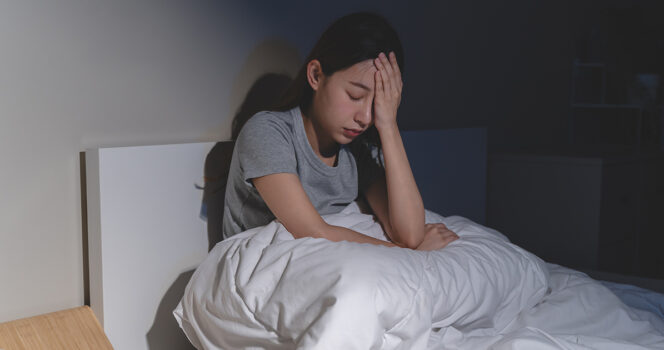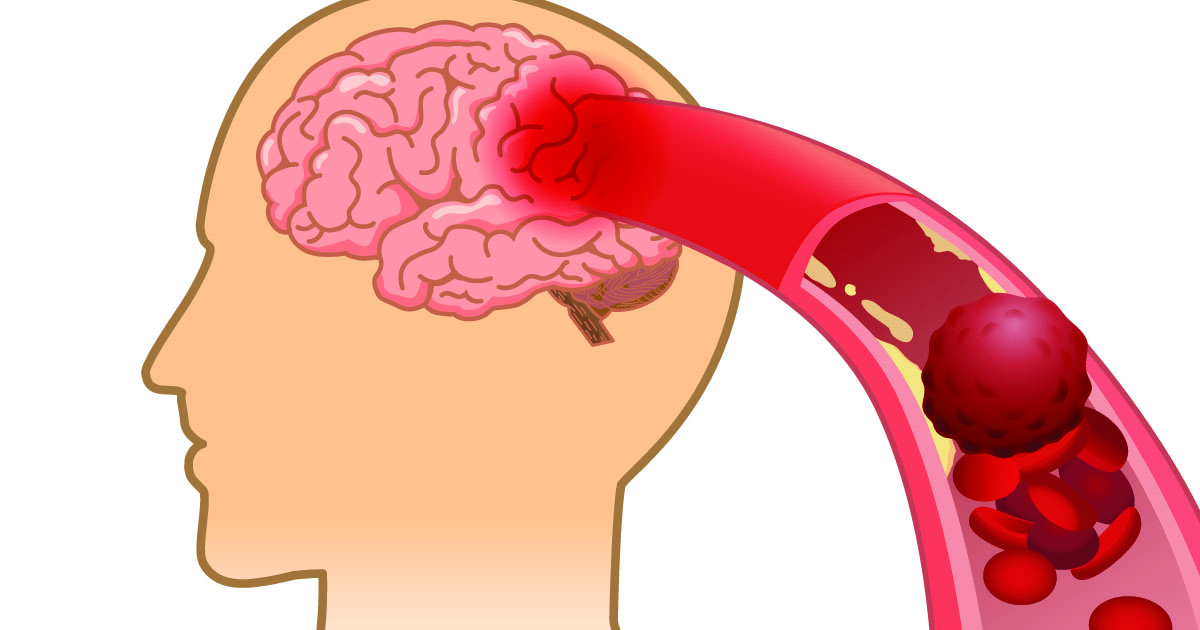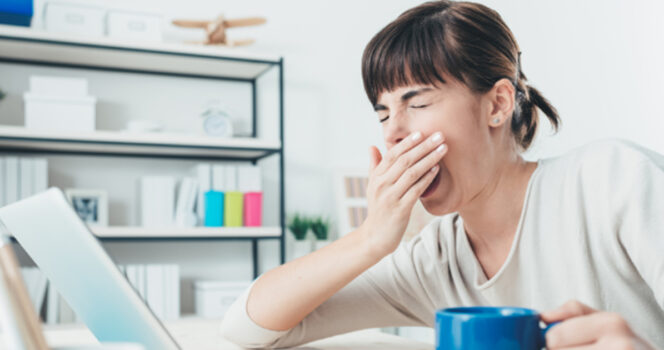Hypnagogic Jolts: Causes and Remedies

There are few things that can ruin a good night’s sleep more than that terrible feeling of jolting awake in panic.
Maybe you’ve experienced it – most of our readers likely have – and if you haven’t, consider yourself lucky. For many, the sensation of being jerked out of sleep is an uncomfortable one, often preceded by the feeling of falling.
It’s akin to that dream where you’re falling… falling… only to wake up just before hitting the ground. Unfortunately, one never quite gets used to it, and it can be challenging to return to a peaceful slumber once it occurs.
But what does this jolting sensation actually mean? Why does it seem to be a completely natural and common occurrence for most people? Is there anything that can be done to prevent it?
Well, we’ve done some digging into this, and while many elements of this eerie phenomenon remain a mystery, we do have some answers that may be intriguing to anyone who has ever woken up in the middle of the night feeling like their heart is pounding out of their chest.
Let’s start by calling the sensations by their true name: hypnic jerks. They are also known as sleep starts and are the sudden, often overwhelming muscle contractions you may experience as you start to fall asleep.
What We Know
According to the Sleep Foundation, hypnic jerks typically involve one side of your body – for example, your left arm or right leg – and the cause remains largely unknown to researchers.
In fact, we only have theories supported by the few available facts, such as the fact that hypnic jerks (hypnagogic being a shorthand for hypnagogic) originate in the same area of your brain that controls your startle response. Makes sense, right?
It may be that as your muscles begin to fully relax – a clear and inevitable part of falling asleep – your brain sometimes believes you are truly falling and thus reacts by engaging your muscles into action.
Another theory is that hypnic jerks are directly related to the dream-like images that may accompany them. Essentially, your brain blurs the boundary between the dream world and reality, causing your muscles to spring into action to produce a physical response to what you are experiencing in your mind while asleep.
Why This Happens
Precisely why you experience hypnic jerks is unfortunately not an exact science, but there are a few theories on what increases the likelihood of this happening.
According to the Sleep Foundation, certain risk factors include excessive consumption of caffeine or other stimulants, vigorous exercise before bedtime, emotional stress, and sleep deprivation.
Stimulants such as caffeine and nicotine may play a particular role because they remain in the body for hours after consumption. Such products counteract fatigue and can make it harder to fall asleep so it’s perhaps not surprising that they can lead to hypnic jerks.
Intense late-night physical activity is also not associated with feeling sleepy in bed. Instead, exercise tends to provide energy, making the body feel more alert than tired.
It’s important to remember that hypnic jerks can occur at any age, take various forms, and seem extremely common. According to the Sleep Foundation, up to 70% of people experience hypnic jerks, and while they can be distressing, they are not dangerous.
What Can Be Done?
All of this raises the obvious question: How can we prevent or better cope with the symptoms associated with hypnic jerks?
There are actually a few things you can do to give yourself the best possible chance of eliminating them, including adopting better sleep habits (such as going to bed and waking up at the same time every evening and morning), trying to reduce the stress level in your life, exercising daily (but not too late in the day), minimizing your caffeine consumption, and reducing or eliminating nicotine and alcohol.
Do you experience hypnagogic jerks? Share this article on Facebook to help others too!




